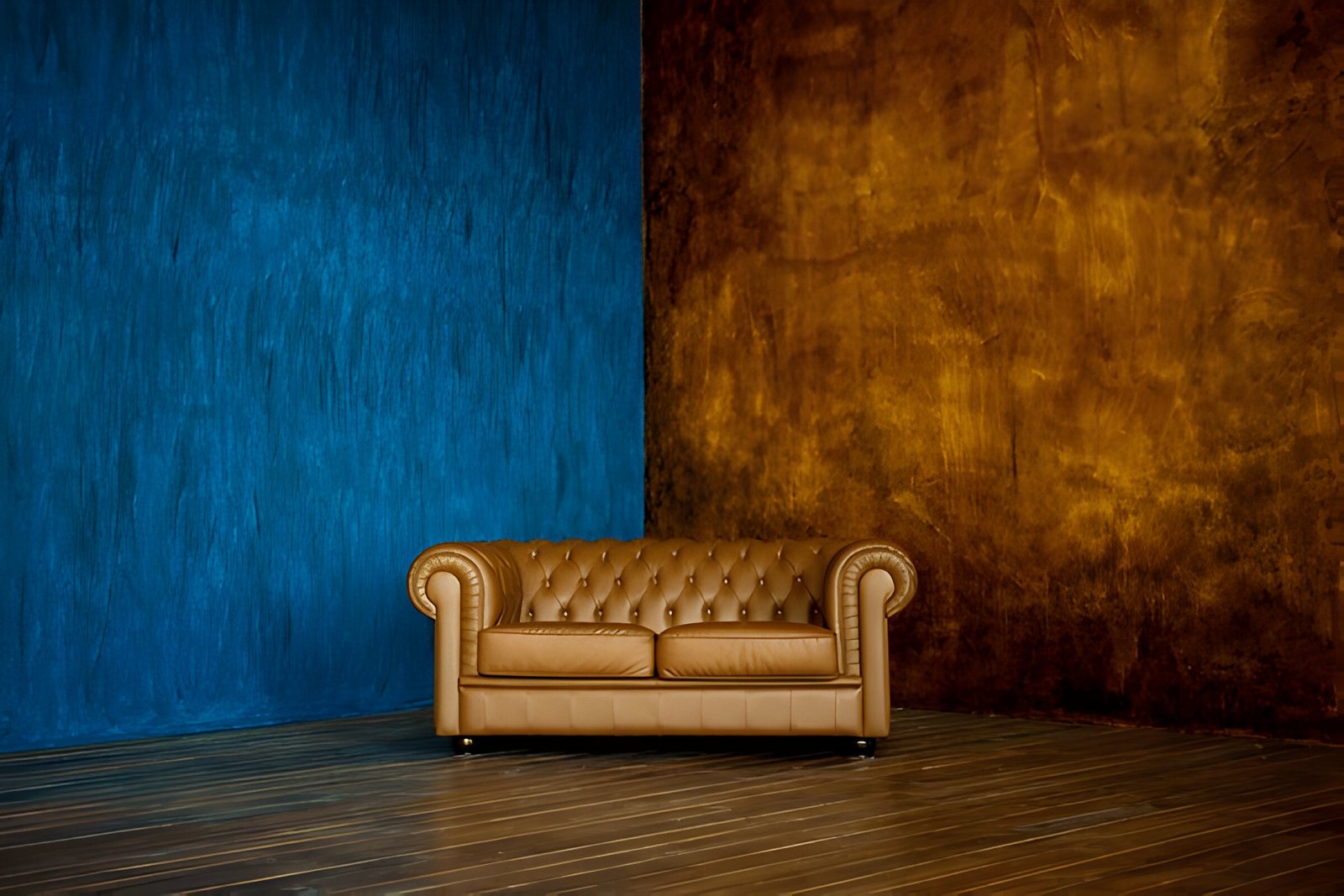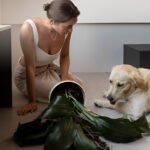The Chesterfield sofa stands as an icon of timeless elegance in living room furniture. With its distinctive deep-buttoned upholstery and rolled arms, this classic piece has graced homes and offices for centuries, seamlessly blending tradition with contemporary design. The enduring appeal of Chesterfield couches lies in their ability to elevate any space, offering both comfort and sophistication to those who appreciate fine craftsmanship.
From luxurious leather Chesterfield sofas to customizable fabric options, these versatile pieces cater to a wide range of tastes and interior styles. The deep seat and sturdy construction ensure long-lasting comfort, while the top-grain leather variants exude an air of opulence. This article delves into the world of Chesterfield sofas, exploring their history, guiding readers on how to choose the perfect one, and sharing tips on styling these magnificent pieces to create a living space that radiates timeless charm.
The Timeless Appeal of Chesterfield Sofas
History and Origins
The Chesterfield sofa, an icon of timeless elegance, has a rich history dating back to the mid-1700s. Its origins are linked to Lord Philip Stanhope, the fourth Earl of Chesterfield, who commissioned a piece of furniture for his guests. The design evolved to become the admired Chesterfield sofa we know today, characterized by its low seat and high back, allowing gentlemen to sit comfortably without creasing their suits.
Iconic Design Elements
The Chesterfield sofa’s distinctive features include deep button tufting, rolled arms level with the back, and luxurious upholstery. Originally filled with horsehair and lacking a suspension system, these sofas were initially quite rigid. However, during the Victorian era, comfort improvements were made, including the introduction of deep-set buttoning and coiled spring suspension. The tufting and pleating pattern, developed around 300 years ago, was initially devised to secure loose horsehair filling and ensure a more structured shape.
Versatility in Modern Interiors
Today, Chesterfield sofas seamlessly blend tradition with contemporary design. Available in various materials, including leather and fabrics like wool, linen, and velvet, they adapt to diverse interior styles. From classic, opulent settings to sleek, modern spaces, Chesterfields bring sophistication and unparalleled style. Their ability to harmonize with both traditional and contemporary elements makes them a versatile choice for those who appreciate enduring design in up-to-date home environments.
Choosing the Perfect Chesterfield Sofa
Material options: leather vs. fabric
Leather Chesterfields offer durability, luxurious texture, and timeless appeal. They improve with age but require regular maintenance. Fabric options provide comfort, variety in colors and patterns, and easier maintenance. However, they may be less durable and trap allergens. Consider lifestyle needs when choosing between leather and fabric.
Size and configuration choices
Measure room dimensions and doorways carefully. Aim for a sofa about two-thirds the length of the longest wall for balanced proportions. Consider current and future seating needs. Family rooms may benefit from larger corner or sectional sofas, while formal spaces might suit individual sofas. Measure length, depth, and height, accounting for armrest height and seating depth.
Color and style variations
Chesterfields come in various colors and styles. Traditional leather options exude elegance, while fabric choices offer contemporary flair. Consider the room’s decor when selecting colors. Lighter shades prevent visual heaviness in modern spaces. Customization options include tufting patterns, leg styles, and cushion configurations. Remember, Chesterfields are substantial pieces, so factor in their prominent rolled arms when determining size requirements.
Styling Your Chesterfield Sofa
Complementary furniture pieces
To enhance the elegance of a Chesterfield sofa, consider pairing it with complementary furniture. A glass-top coffee table adds sophistication, especially with velvet Chesterfields. For leather sofas, wooden coffee tables blend well. Side tables with lamps create atmospheric maturity. Floor lamps placed behind or beside the sofa add grandeur. In bedrooms, a Chesterfield armchair can serve as a cozy reading nook when paired with the bed’s esthetics.
Accessorizing with pillows and throws
Throws and cushions are essential for styling Chesterfield sofas. Patterned cushions enhance visual interest and tie the sofa to the room’s color palette. Textured scatter cushions add comfort, especially for leather Chesterfields. Position two to three cushions at each end for an inviting look. Throws should match the cushions’ style, layered behind cushions or placed at the sofa’s center. Choose colors that complement the room’s scheme.
Room placement tips
In living rooms, center the Chesterfield sofa against a wall to create a focal point. This arrangement allows for additional seating options like armchairs or smaller sofas around it. Use area rugs underneath to bring warmth and coziness to the space. Coordinate colors that complement the Chesterfield, balancing bold hues with neutral tones. Add artwork and plants to bring life to the room, hanging pieces behind the couch or placing potted succulents nearby.
Conclusion
The Chesterfield sofa has a lasting impact on interior design, blending timeless elegance with modern versatility. Its rich history, iconic features, and adaptability to various styles make it a standout piece in any living space. Whether upholstered in luxurious leather or contemporary fabrics, these sofas bring sophistication and comfort to homes and offices alike, catering to diverse tastes and needs.
Choosing and styling a Chesterfield sofa involves careful consideration of materials, size, and complementary elements to create a cohesive look. By paying attention to these details, homeowners can craft inviting spaces that showcase the Chesterfield’s timeless charm. In the end, the Chesterfield sofa remains a symbol of enduring style, offering a perfect balance of tradition and contemporary appeal for those who value quality craftsmanship in their living environments.
FAQs
1. Are Chesterfield sofas still fashionable?
Chesterfield sofas have maintained their appeal since the 1700s and continue to be fashionable today, with modern variations available in materials like blue velvet and oatmeal fabric.
2. Why can some Chesterfield sofas be purchased at low prices?
Chesterfield sofas that are less expensive often use lower-quality materials in their construction. These might include mixed timbers, chipboard panels, and thinner rails, which compromise the sofa’s durability and overall strength.
3. What are the characteristics of a high-quality Chesterfield sofa?
A high-quality Chesterfield sofa should have a frame constructed from seasoned beech hardwood, known for its solid, straight grain that withstands daily wear and tear. Additionally, it should feature thicker rails to enhance its durability.
4. What is the lifespan of a Chesterfield sofa?
A genuine Chesterfield sofa can last between 15 to 20 years under normal usage. Their durability also makes them popular as vintage second-hand furniture, valued for their robust, lived-in look and the cozy atmosphere they contribute to a space.











